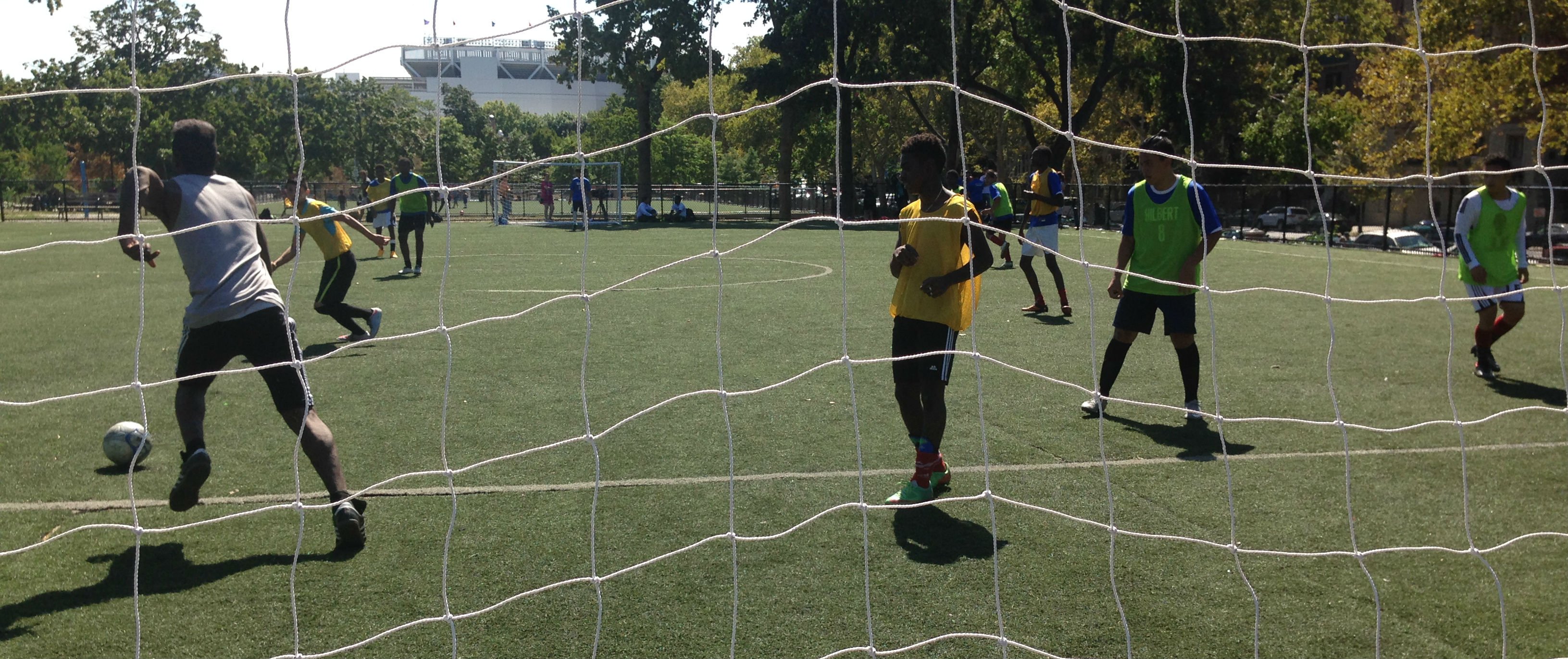ADD and ADHD are primarily addressed with medication and therapy, but a growing body of research suggests that exercise may be the best treatment.
The benefits of exercise are typically seen as physical, and for obvious reasons. When you exercise you get stronger, leaner, faster and more flexible.
But limiting exercise to the physical realm can end up harming the world’s children who have the most to gain from an evolved understanding.
Many people know first-hand how exercise can relieve stress. After or before a challenging day, going for a run or lifting some weights can make you feel better because serotonin and dopamine are released.
What is less known is that exercise has also been shown to improve some of the core functions of the brain: executive control (staying focused), working memory and cognitive flexibility (the ability to switch between tasks).

As it turns out, ADHD essentially means poor performance in these areas. So a greater focus on exercise could help millions of students do better in their classes.
However, medication and therapy seem to have become the default recourse for kids who are suspected of having ADHD.
Between 2007 and 2011, ADHD prescriptions in the US increased from 34.8 to 48.4 million.
While medication is effective for many people, it’s best to try less invasive alternatives first.
Exercise happens to be the most easily accessible alternative.
In a breakthrough 2014 study, researchers looked at the effects of exercise on the academic performance of a group of schoolchildren over a 12-week period.
The results were striking. The differences in brain activity between the control group and the experimental group were dramatic. Kids who had exercised had improved their reading and math test scores compared to the control. Kids with ADHD saw the most significant improvement of all.
This makes intuitive sense. Exercise tends to induce a heightened sense of focus because a person’s body is engaged in a task. For example, when you’re running through an obstacle course or climbing up a rock wall, you’re focused on what your next move is going to be. Over time, this kind of heightened concentration and accelerated problem-solving can have a powerful effect on academic performance.

Yet gym class is still largely viewed as an extracurricular activity, something that’s bolted onto the school day.
For children around the world, devising more robust exercise programs that target the particular needs and capabilities of each student is important for their physical health and their ability to do well in the rest of their classes.
Making sure that students know the mental benefits of exercise could help students who have trouble with gym class by removing the competitive and potentially shaming element that usually emerges and replacing it with a more holistic idea of self-improvement.
The good news is that a growing movement called “The New PE” is spreading across the US that aims to better help all kids benefit from exercise on their own terms. Michelle Obama has been a champion and driving force of the movement with her “Let’s Move!” campaign.
This “nicer” version of gym removes, “dodgeball and other sports that use kids as targets, contests that reward students who are the strongest, and exercise doled out (or withheld) as a form of punishment.”
Instead, students are encouraged to devise their own forms of physical activity.
This doesn’t mean that kids have a free pass to just sit on a mat. It means that the range of possible exercises is expanded and all kids will have a chance to avoid exercises they find too challenging or humiliating.
For example, rock climbing, fly fishing, yoga and jump roping are some activities that progressive gym classes are offering.
Some classes are also introducing technology to measure progress and help students feel a sense of ownership over their exercise.
Ultimately, ADHD is one of many health problems that exercise can help.
Currently, 1.9 billion people around the world are overweight and 600 million are obese. Roughly 10 percent of all premature deaths are attributed to physical inactivity.
Exercise can have immediate health benefits and can keep a person healthy over her lifetime.
It’s just one part of a good health regimen, but it’s a part that, along with diet, is too often neglected. But when you look at the academic benefits of exercise, making sure more kids get moving should be a no-brainer.